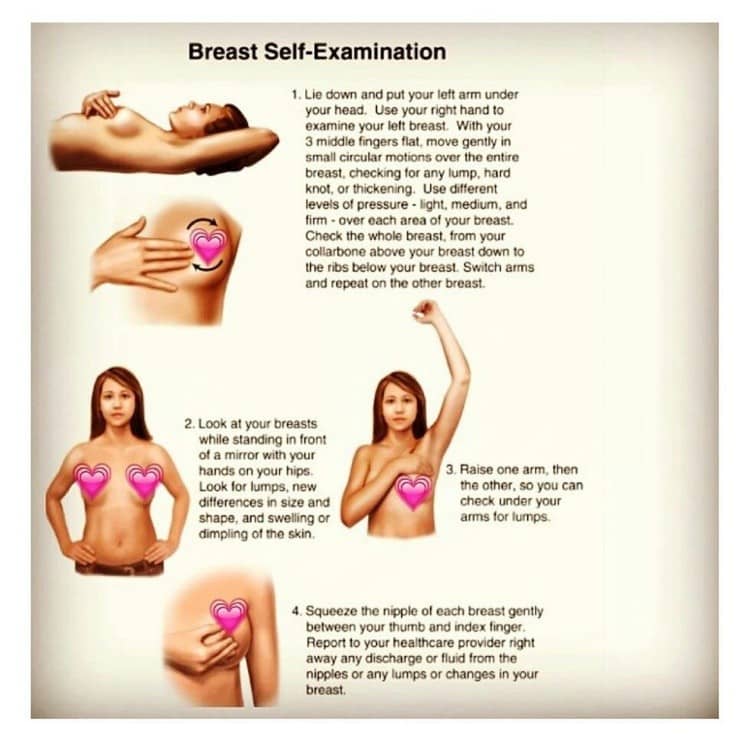Easy Guide to Breast Self-Examinations
In recognition of Breast Cancer Awareness Month and considering today's medical costs, performing regular breast self-exams (BSEs) allows women to monitor changes that might indicate breast cancer.
5/1/20251 min read
In recognition of Breast Cancer Awareness Month and considering today's medical costs, performing regular breast self-exams (BSEs) allows women to monitor changes that might indicate breast cancer.
Key Warning Signs:
Unusual lumps or thickened tissue
Changes in breast size or shape
Skin dimpling or redness
Unusual nipple discharge
Changes in nipple position or appearance
Three-Step Examination Process:
1. Mirror Check:
Examine breasts with arms in three positions: at sides, raised overhead, and hands on hips
Note your breasts' normal appearance and watch for changes in symmetry, skin texture, or nipple position
2. Lying Down:
Place a pillow under one shoulder with the arm behind your head
Using opposite hand, examine breast tissue with flat fingertips
Apply varying pressure (light, medium, firm) to feel different tissue depths
Cover entire breast area from collarbone to abdomen and armpit to cleavage
Repeat on the other side
3. Shower Examination:
Use soapy hands for easier examination
Follow the same circular motion technique as the lying-down method
When and How Often:
Monthly exams, preferably days after your period when breasts are less tender
For non-menstruating women, choose a consistent date each month
Important Note: While BSEs promote body awareness, they should complement—not replace—clinical exams and recommended mammograms. Contact your healthcare provider immediately if you notice unusual changes.
Period Talk stands with survivors, honors those lost, and supports the fight against breast cancer.


